- Share
- Like
- Tweet
- Digg
- Tumblr
- VKontakte
- Love This
- Odnoklassniki
- Meneame
- Blogger
- Amazon
- Yahoo Mail
- Gmail
- AOL
- Newsvine
- HackerNews
- Evernote
- MySpace
- Mail.ru
- Viadeo
- Line
- Comments
- SMS
- Viber
- Telegram
- Subscribe
- Skype
- Facebook Messenger
- Kakao
- LiveJournal
- Yammer
- Edgar
- Fintel
- Instapaper
- Copy Link
Lifehouse represents the realisation of the late Professor Chris O Brien’s vision for the creation of an integrated cancer facility on the Royal Prince Alfred (RPA) Hospital campus, in Sydney, Australia. Designed by HDR Rice Daubney, the facility aims to redefine the cancer patient experience and become a centre of excellence.
Image © Tyrone Branigan
The stat-of-the-art facility integrates research programs and a unique patient experience through parallel non-clinical therapies and facilities such as ‘The Living Room’. Lifehouse serves both private and public patients, and functions as a NFP institution set on a public hospital campus.
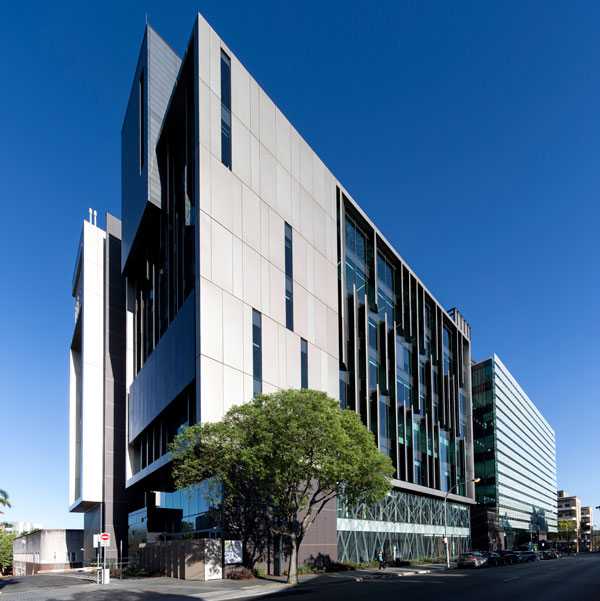
Image © Brett Boardman
Conceptually, the building is experienced as enclosing but not introverted. The glazed facades filter and screen the light without blocking it, while the vertical slot articulating the street facade provides sneak peaks of internal activities and circulation. Several recessed landscape courts provide light and amenity to the clinical floor below grade, and a visual impact to upper floors.
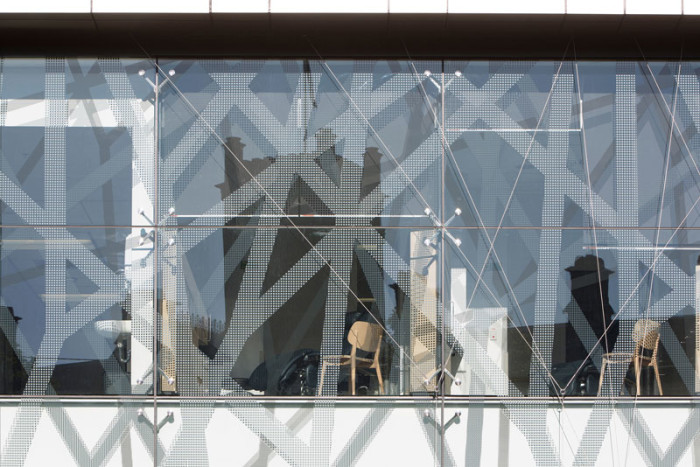
Image © Brett Boardman
The facility creates a link between the RPA hospital and the existing Radiation Oncology Centre. The vertical order reflects internal functionality – with ambulatory facilities on lower levels, acute and support zones in the mid section and in-patient accommodation at roof level, setback to provide rooftop landscape and wonderful district views.
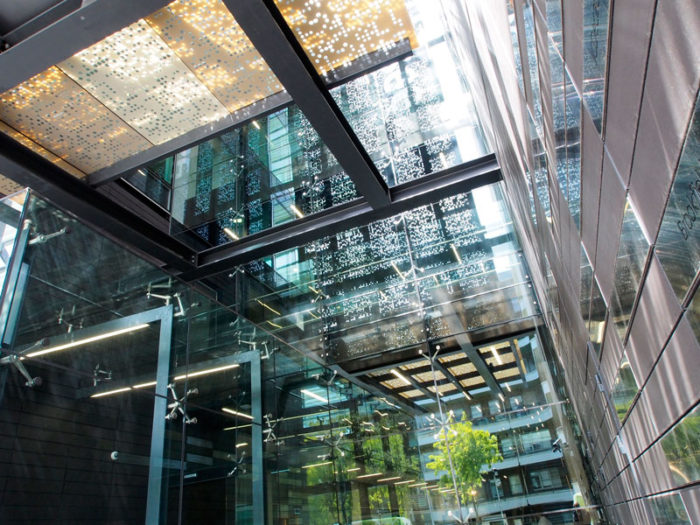
Image © Simon Grimes
The internal space planing is focused around a stunning central atrium that connects all floors as a place of user interaction. Moving vertically through this space provides subtle glimpses into the facility. This unique transparency, together with the quality of the filtered, patterned natural light permeating all spaces creates a unique user experience.
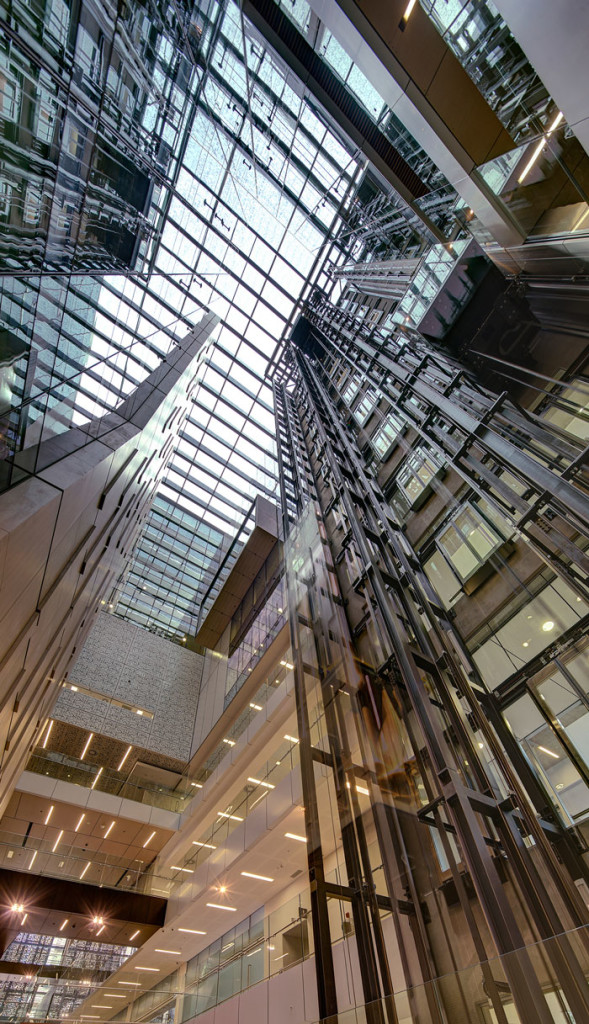
Image © Brett Boardman
The design concept has always revolved around patient experience, from the moment of arrival, through to the experience of moving through the facility. Waiting areas and corridors go beyond expectations with stunning views and an uplifting experience created by the filtered light.
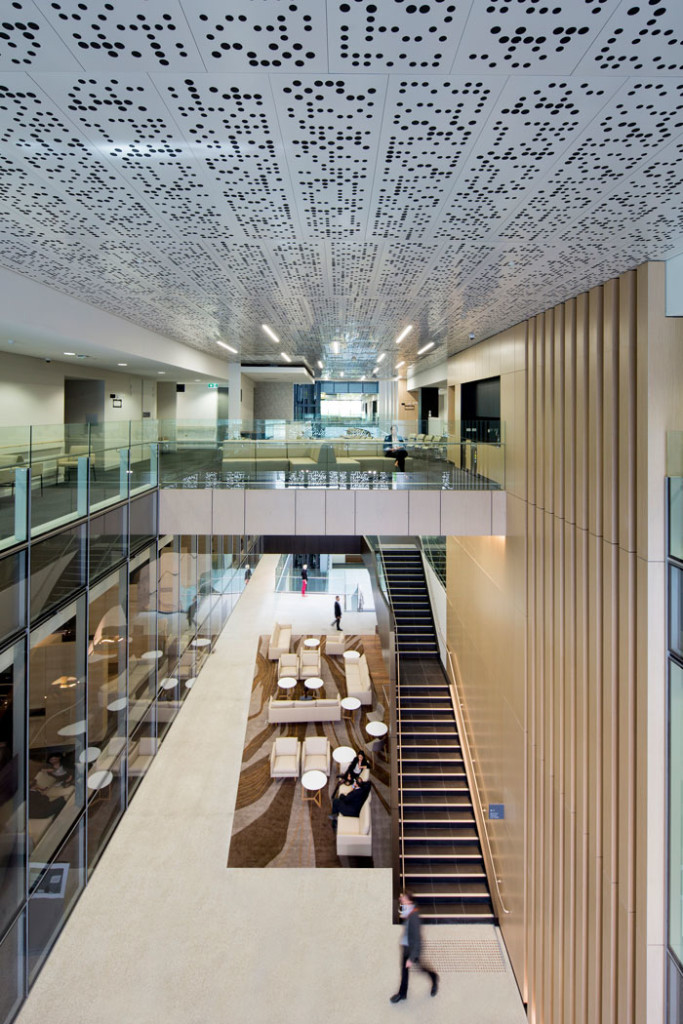
Image © Brett Boardman
Internal spaces have been designed to promote informal discussions between staff and researchers and maximize integration of staff and the public to produce a ‘Healthy Building’. The integration of landscape – most notably related to in-patient accommodation facilitates the concept of the healing garden – a recognized evidence based design initiative. The location and aspect of the patient rooms is truly unique for healthcare in Australia.
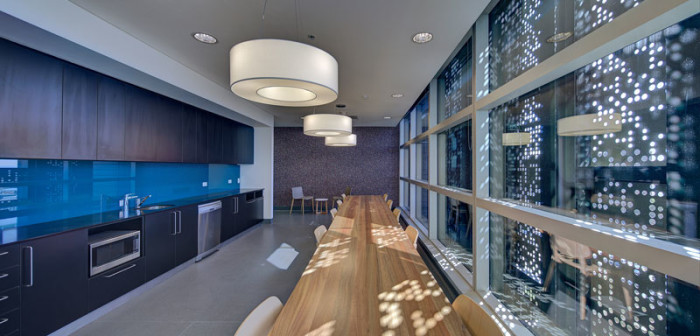
Image © Brett Boardman
The building has a rational service chassis with clearly defined and separated vertical service and infrastructure cores. The interstitial plant room is located centrally within the vertical stacking of the building, thereby reducing service runs and freeing up the roof spaces for valuable patient accommodation.
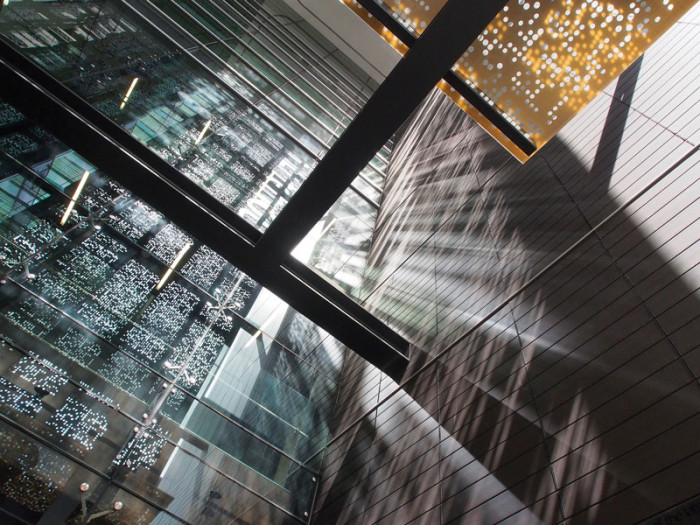
Image © Simon Grimes
The building has achieved a 4 star Greenstar rating from the GBCA (Green Building Council of Australia). In addition, the building generates a portion of its own electricity and heat via a natural gas-fired tri-generation plant. The plant generates energy to heat the boilers, creates its own electricity, and also runs the chillers throughout the building’s day-to day-peak energy cycle, providing total energy savings of approximately 20% compared to buildings of similar size and function. The plant also serves as a standby backup system for essential systems should the power grid go down.
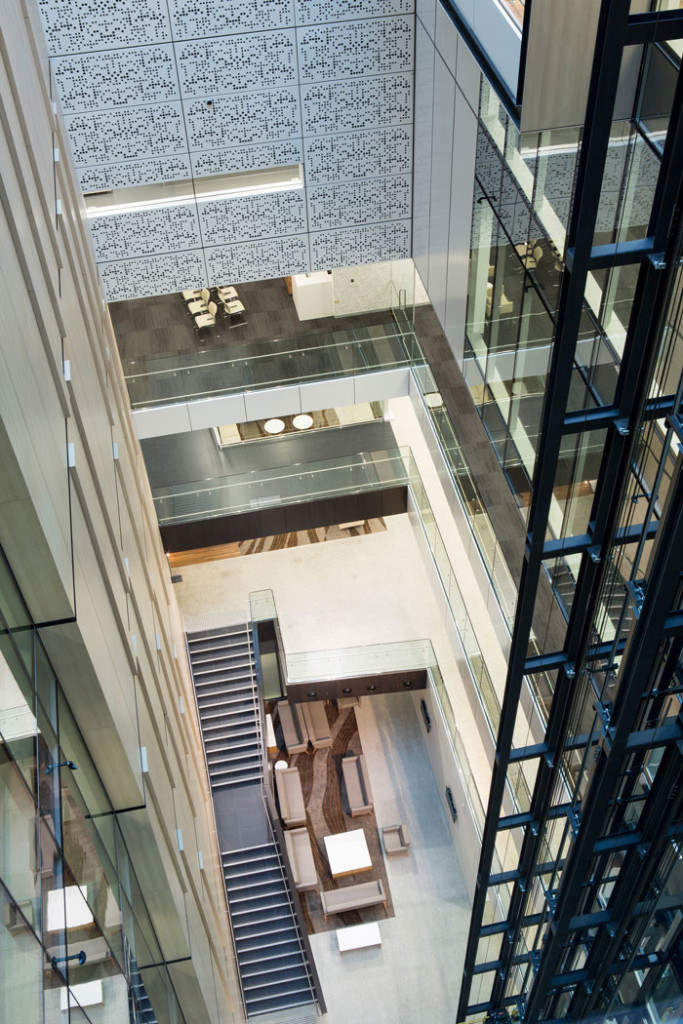
Image © Brett Boardman
The facility benefits from high performance façades shaded by fritted glass, horizontal louvers and or by mesh screening reducing glare and direct solar gains, allowing for greater glass dimensions and transparency connecting patients to the outdoors through influx of natural light and access to external views, whilst maintaining efficiency of mechanical plant and realistic life cycle outcomes.
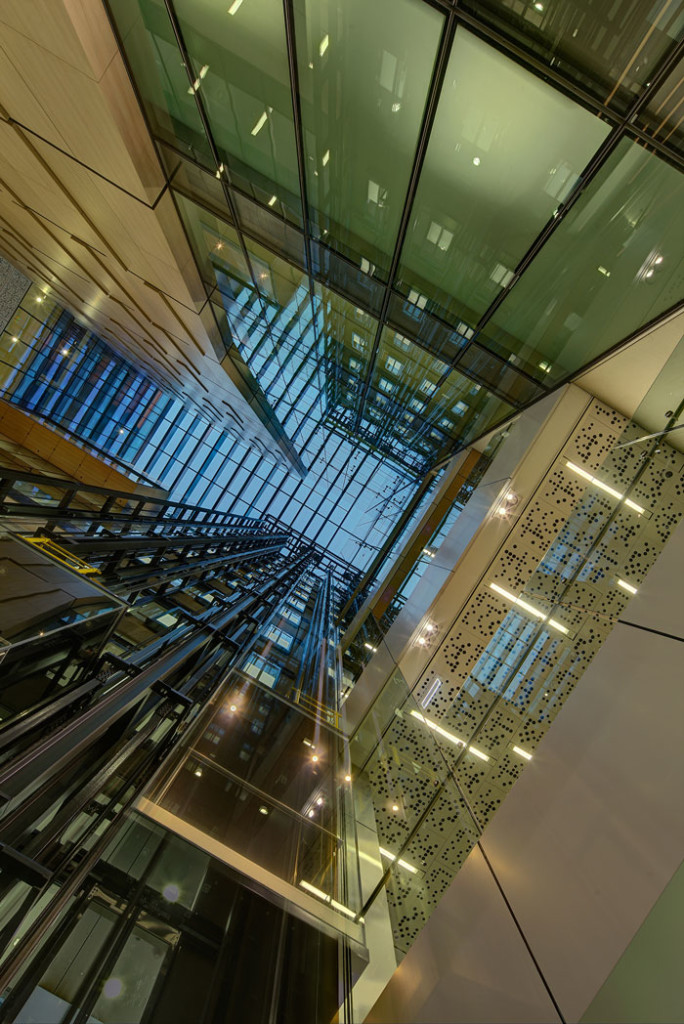
Image © Brett Boardman
Water storage tanks for rainwater harvesting have been incorporated to irrigate the rooftop healing gardens and lower level courtyards. The building incorporates water efficient fixtures and fittings throughout as well as energy efficient light fittings. From both a clinical and environmental perspective materials were selected with low-level VOC ratings. Timber and fabric products were selected from sustainable sources.

Image © Brett Boardman
We provided an intelligent architectural response to the complex spaces and facilities, meeting all functional and technological conditions for effective patient care.
– HDR Rice Daubney

Image © Brett Boardman
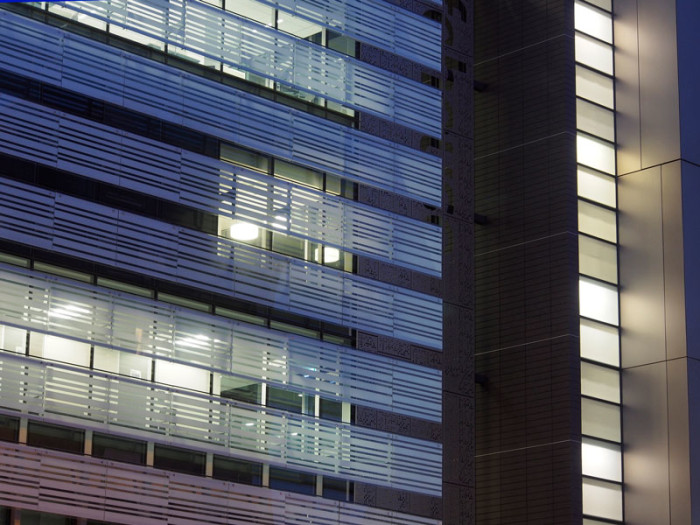
Image © Simon Grimes

Image © Simon Grimes

Image © Simon Grimes

Image © Simon Grimes
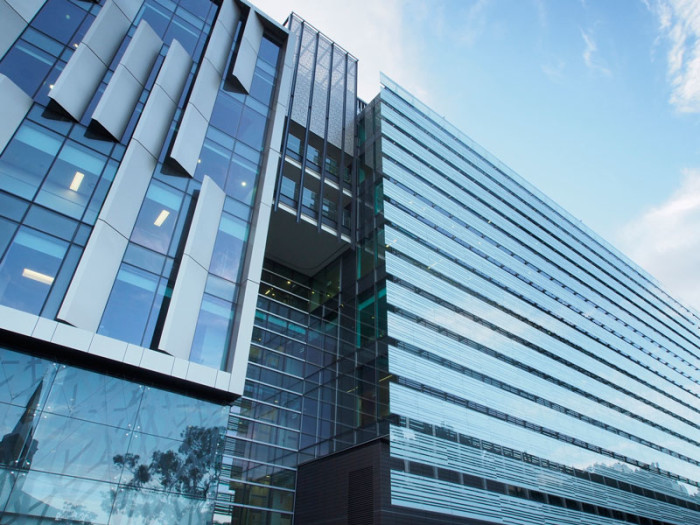
Image © Simon Grimes

Image © HDR Rice Daubney
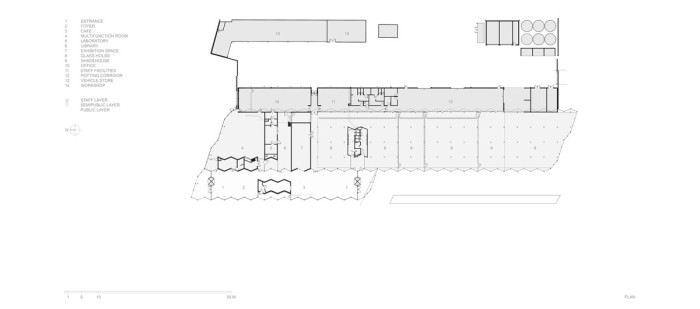
Image © HDR Rice Daubney
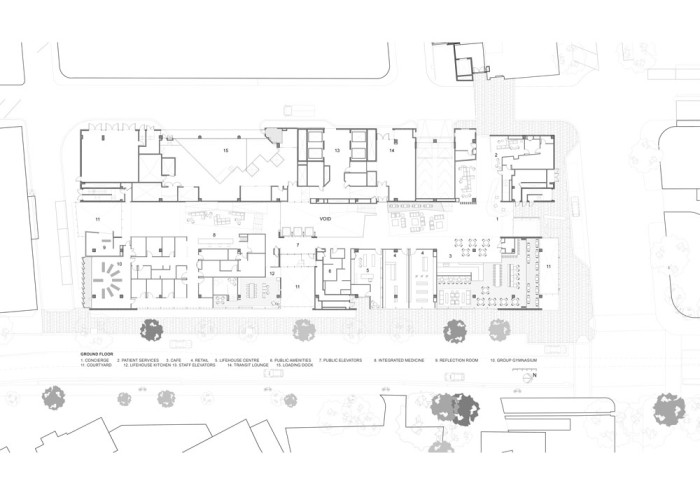
Image © HDR Rice Daubney
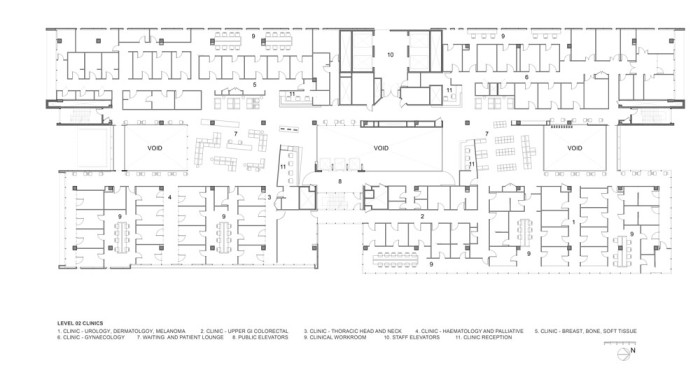
Image © HDR Rice Daubney
*All images and information courtesy of HDR Rice Daubney.
